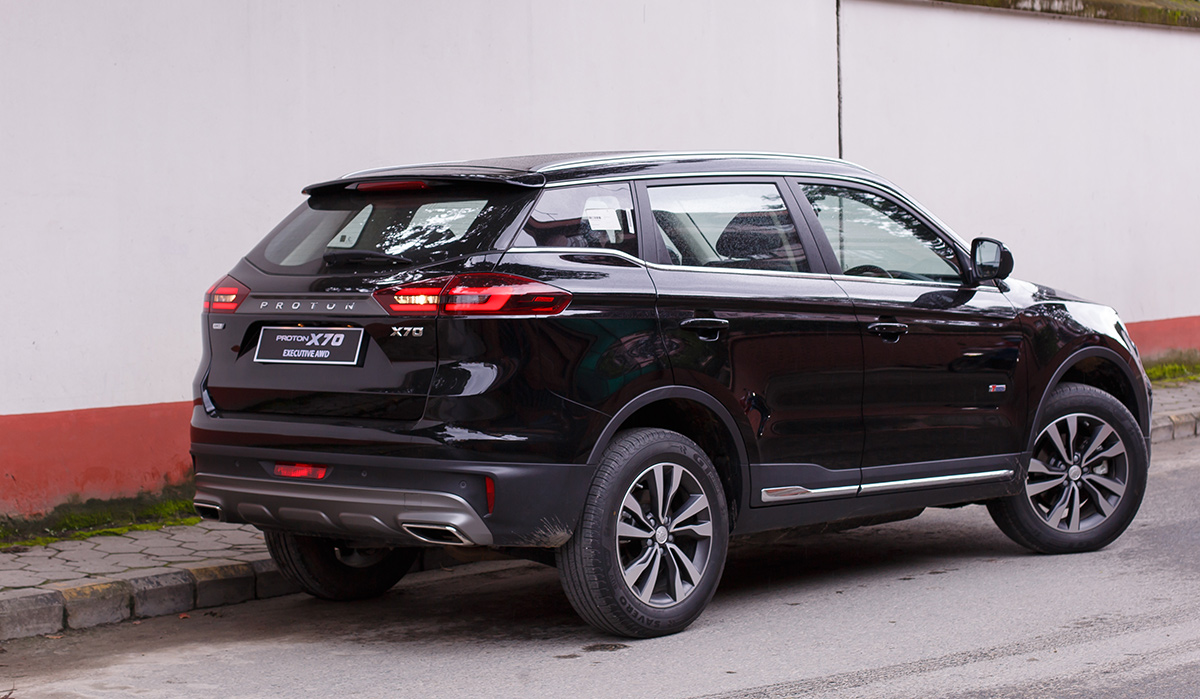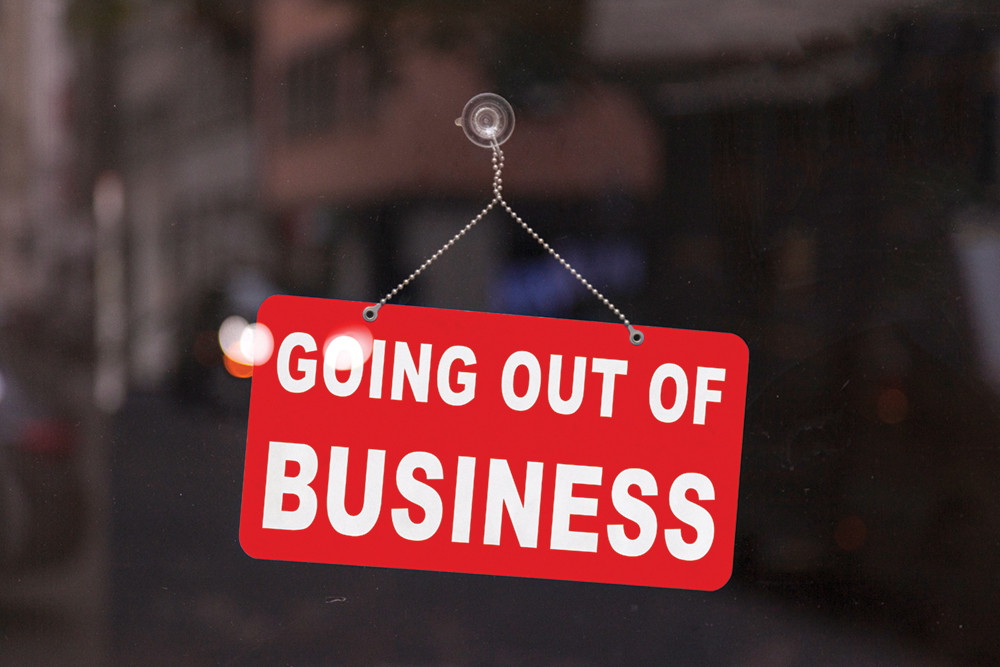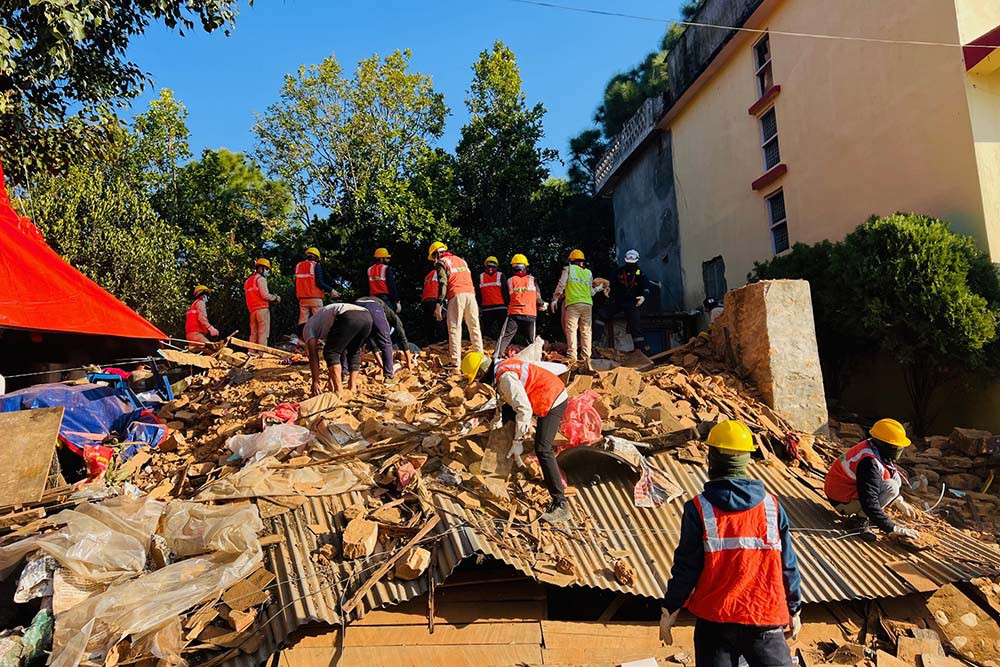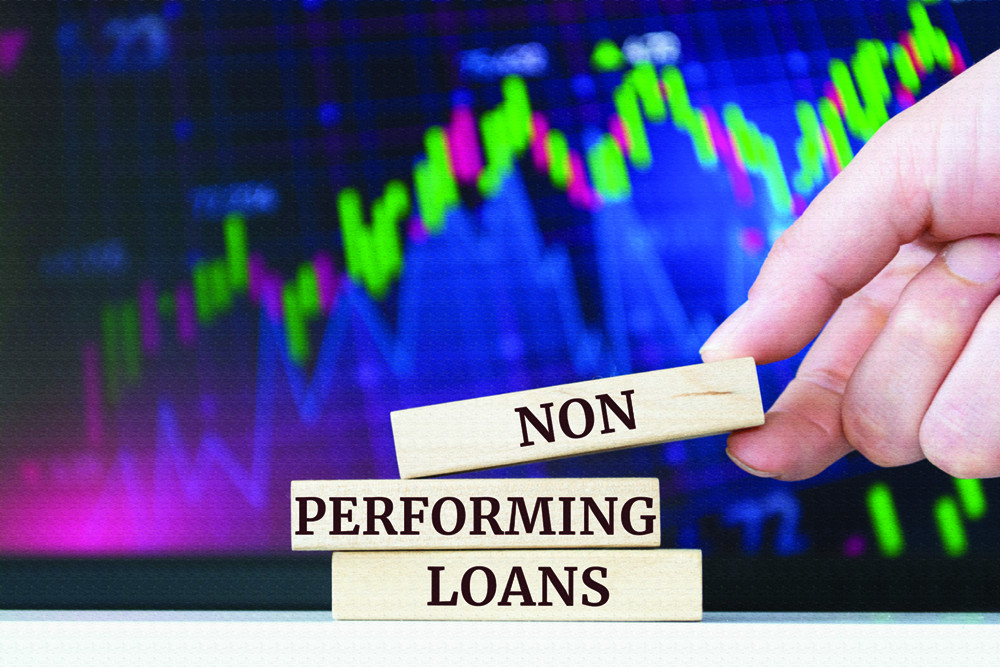
When the Covid 19 pandemic first broke out and the government imposed various restrictions to curb the spread of the virus, the automobile sector of the country was staring at a bleak future. Since nobody knew what would come next, a sense of panic had creeped among the automobile dealers. However, with the arrival of vaccines and the government easing all the prohibitory orders, the automobile business is back on track.
In fact, automobile dealers say that the situation is not only back to normal but they have witnessed an increment in sales. “The auto sector is in a recovery phase and is bouncing back in a healthy manner,” says Suryansh Vaidya, Business Research Analyst of United Traders Syndicate, authorised distributor of Toyota vehicles in Nepal. “During the initial phase of the pandemic sales had plummeted like never before but I definitely see it growing at a rapid pace now.”
Vaidya mentions the recovery in auto sales can be attributed to the large pent up demand and the V-shaped recovery of the economy. The other factor which has helped boost sales lately is the fact that many people are still apprehensive about using public transportation and those who can afford have ben purchasing their own vehicles.
“Compared to the three-month period in between mid-July and mid-October in the previous fiscal, import of cars, vans and SUVs has nearly doubled in the corresponding period this fiscal,” informs Krishna Prasad Dulal, President of NADA Automobiles Association of Nepal.
According to data received from the Birgunj Customs Office, during the first three months of the current fiscal year, around 2,917 cars, jeeps and vans were imported whereas only around 1,459 were imported during the same period of the last fiscal. “Import of pickup trucks has also increased by around 100% and sales of auto parts and accessories have also seen a slight improvement. However, sales of vehicles like buses, minibuses and microbuses which are often utilised for public transportation have been comparatively low,” adds Dulal.
Along with the volume of sales rising the waiting period for customers to actually lay their hands on their vehicles after the booking has also increased. Vaidya states that customers have had to wait for months now because demand has picked up but supply has not been able to keep pace, which he attributes to the fact that automobile production globally had declined during the initial phase of the pandemic.
 Vaidya adds due to the Covid 19 there was a shortage of semi conductors which is a rather small component but a significant constituent in a vehicle thus leading to drastic reduction in production.
Sandeep Sharma, Marketing Manager at Hyundai Nepal, says customers have to wait for up to two months before vehicles can be delivered to them. “We have launched the updated versions of products such as Tucson, i20 and Creta and orders have been high especially during this festive season,” he shares.
Nepal always witnesses a vibrant market during the festive season of Dashain and Tihar from clothing to consumer durables to fast moving consumer goods. Demand for literally every product and service spikes up around this time. And the trend is similar for automobiles too. People still follow the culture of buying new motor vehicles on the occasion of Dashain. Dulal adds that the sales trend in Nepal differs from that of the international market. “In the global markets automobile sales increase during the months of March and April, however in Nepal sales boom from mid-July to mid-October,” he says, adding that the sales in these three months cover almost half of the sales of the entire year.
The other period the auto industry in Nepal sees high sales is during the NADA Auto Show. Previously, the NADA Automobiles Association of Nepal had been organising the auto show every two years when it was started in 1998. It was later due to popular demand the automobile association for the last decade had been hosting the event annually before Dashain. However, due to Covid 19, they couldn’t organise the expo in 2020 and 2021 leading to significant losses. Distributors were affected as they couldn’t showcase or launch new products and schemes.
“During the event we get a chance to directly interact with potential customers but the last two years have been dismal as the show was not held and we couldn’t get direct feedback from our clients,” shares Sharma. “If everything goes right and if the government gives permission, the next NADA Auto Show will be held at Bhrikuti Mandap from February 21 to 26 next year,” states Dulal.
Automobile distributors also mention that the preferences of the Nepali market have been changing in recent times in sync with the global trend as there has been quite an increment in the demand for SUVs. “More people are opting for SUVs these days, especially compact SUVs,” says Vaidya. He mentions this could be due to manufacturers bolstering their compact SUV line-ups to match demand leading to better vehicles in this segment thus attracting the Nepali market. “Looking at the infrastructure we have and the common requirements, the segment is perfect for the Nepali market. The versatility of the vehicle provides convenience, comfort, and is a better fit to the environment here,” adds Vaidya.
The other aspect that has been seeing a changing trend is the rise in demand for vehicles manufactured in India and South Korea. As the price of Japanese products have skyrocketed customers are choosing Indian and Korean vehicles of 1,000 cc to 1,600 cc as they are more affordable and also due to the easy accessibility not only to the vehicles but also spare parts and accessories. Moreover, the easy access to financing facilities has also made these vehicles easier to purchase for everyone.
According to Dulal, import of Korea-made vehicles such as Hyundai and Kia, including Indian brands like Tata, Maruti and Mahindra account for about 70% of Nepal’s vehicle market. In recent years, European, American, Malaysian and Chinese vehicles have also been competing in Nepal’s automobile market. “Looking at the market trend, it seems like Nepali customers can afford 3,000 cc to 5,000 cc cars manufactured by luxury German brands like Mercedes and BMW,” he notes.
At present, motorcycles alone account for 79.17% of the county’s total means of transportation due to the geographical and road conditions and the level of income of general Nepalis. Moreover, alternative fuel vehicles, especially battery electric vehicles (BEVs), are in high demand due to large subsidies being provided by the government, giving additional value for money for Nepali customers.
“This fiscal year, the government has tried to motivate the public to use EVs by removing the excise duty but Nepal Rastra Bank has still not changed its policy regarding EVs. The Central Bank has been raising various policy hurdles through its Monetary Policy to block the import of such vehicles,” shares Dulal.
Though EVs are being promoted across the world as a solution for sustainable motility, it will take some time for Nepal to be EV ready. “For the country to switch completely to EV, it will need the charging infrastructure that allows maximum confidence of travel without range anxiety,” says Vaidya. “Not only this, we will need to re-educate the local workshops, get a whole new set of part importers and battery recyclers, and this is not going to happen overnight,” he adds.
However, the country is in the process of getting EV ready as the government has already announced plans to set up charging stations in different places of the country and the private sector is also setting up charging stations in various locations.
Vaidya adds due to the Covid 19 there was a shortage of semi conductors which is a rather small component but a significant constituent in a vehicle thus leading to drastic reduction in production.
Sandeep Sharma, Marketing Manager at Hyundai Nepal, says customers have to wait for up to two months before vehicles can be delivered to them. “We have launched the updated versions of products such as Tucson, i20 and Creta and orders have been high especially during this festive season,” he shares.
Nepal always witnesses a vibrant market during the festive season of Dashain and Tihar from clothing to consumer durables to fast moving consumer goods. Demand for literally every product and service spikes up around this time. And the trend is similar for automobiles too. People still follow the culture of buying new motor vehicles on the occasion of Dashain. Dulal adds that the sales trend in Nepal differs from that of the international market. “In the global markets automobile sales increase during the months of March and April, however in Nepal sales boom from mid-July to mid-October,” he says, adding that the sales in these three months cover almost half of the sales of the entire year.
The other period the auto industry in Nepal sees high sales is during the NADA Auto Show. Previously, the NADA Automobiles Association of Nepal had been organising the auto show every two years when it was started in 1998. It was later due to popular demand the automobile association for the last decade had been hosting the event annually before Dashain. However, due to Covid 19, they couldn’t organise the expo in 2020 and 2021 leading to significant losses. Distributors were affected as they couldn’t showcase or launch new products and schemes.
“During the event we get a chance to directly interact with potential customers but the last two years have been dismal as the show was not held and we couldn’t get direct feedback from our clients,” shares Sharma. “If everything goes right and if the government gives permission, the next NADA Auto Show will be held at Bhrikuti Mandap from February 21 to 26 next year,” states Dulal.
Automobile distributors also mention that the preferences of the Nepali market have been changing in recent times in sync with the global trend as there has been quite an increment in the demand for SUVs. “More people are opting for SUVs these days, especially compact SUVs,” says Vaidya. He mentions this could be due to manufacturers bolstering their compact SUV line-ups to match demand leading to better vehicles in this segment thus attracting the Nepali market. “Looking at the infrastructure we have and the common requirements, the segment is perfect for the Nepali market. The versatility of the vehicle provides convenience, comfort, and is a better fit to the environment here,” adds Vaidya.
The other aspect that has been seeing a changing trend is the rise in demand for vehicles manufactured in India and South Korea. As the price of Japanese products have skyrocketed customers are choosing Indian and Korean vehicles of 1,000 cc to 1,600 cc as they are more affordable and also due to the easy accessibility not only to the vehicles but also spare parts and accessories. Moreover, the easy access to financing facilities has also made these vehicles easier to purchase for everyone.
According to Dulal, import of Korea-made vehicles such as Hyundai and Kia, including Indian brands like Tata, Maruti and Mahindra account for about 70% of Nepal’s vehicle market. In recent years, European, American, Malaysian and Chinese vehicles have also been competing in Nepal’s automobile market. “Looking at the market trend, it seems like Nepali customers can afford 3,000 cc to 5,000 cc cars manufactured by luxury German brands like Mercedes and BMW,” he notes.
At present, motorcycles alone account for 79.17% of the county’s total means of transportation due to the geographical and road conditions and the level of income of general Nepalis. Moreover, alternative fuel vehicles, especially battery electric vehicles (BEVs), are in high demand due to large subsidies being provided by the government, giving additional value for money for Nepali customers.
“This fiscal year, the government has tried to motivate the public to use EVs by removing the excise duty but Nepal Rastra Bank has still not changed its policy regarding EVs. The Central Bank has been raising various policy hurdles through its Monetary Policy to block the import of such vehicles,” shares Dulal.
Though EVs are being promoted across the world as a solution for sustainable motility, it will take some time for Nepal to be EV ready. “For the country to switch completely to EV, it will need the charging infrastructure that allows maximum confidence of travel without range anxiety,” says Vaidya. “Not only this, we will need to re-educate the local workshops, get a whole new set of part importers and battery recyclers, and this is not going to happen overnight,” he adds.
However, the country is in the process of getting EV ready as the government has already announced plans to set up charging stations in different places of the country and the private sector is also setting up charging stations in various locations.
 Vaidya adds due to the Covid 19 there was a shortage of semi conductors which is a rather small component but a significant constituent in a vehicle thus leading to drastic reduction in production.
Sandeep Sharma, Marketing Manager at Hyundai Nepal, says customers have to wait for up to two months before vehicles can be delivered to them. “We have launched the updated versions of products such as Tucson, i20 and Creta and orders have been high especially during this festive season,” he shares.
Nepal always witnesses a vibrant market during the festive season of Dashain and Tihar from clothing to consumer durables to fast moving consumer goods. Demand for literally every product and service spikes up around this time. And the trend is similar for automobiles too. People still follow the culture of buying new motor vehicles on the occasion of Dashain. Dulal adds that the sales trend in Nepal differs from that of the international market. “In the global markets automobile sales increase during the months of March and April, however in Nepal sales boom from mid-July to mid-October,” he says, adding that the sales in these three months cover almost half of the sales of the entire year.
The other period the auto industry in Nepal sees high sales is during the NADA Auto Show. Previously, the NADA Automobiles Association of Nepal had been organising the auto show every two years when it was started in 1998. It was later due to popular demand the automobile association for the last decade had been hosting the event annually before Dashain. However, due to Covid 19, they couldn’t organise the expo in 2020 and 2021 leading to significant losses. Distributors were affected as they couldn’t showcase or launch new products and schemes.
“During the event we get a chance to directly interact with potential customers but the last two years have been dismal as the show was not held and we couldn’t get direct feedback from our clients,” shares Sharma. “If everything goes right and if the government gives permission, the next NADA Auto Show will be held at Bhrikuti Mandap from February 21 to 26 next year,” states Dulal.
Automobile distributors also mention that the preferences of the Nepali market have been changing in recent times in sync with the global trend as there has been quite an increment in the demand for SUVs. “More people are opting for SUVs these days, especially compact SUVs,” says Vaidya. He mentions this could be due to manufacturers bolstering their compact SUV line-ups to match demand leading to better vehicles in this segment thus attracting the Nepali market. “Looking at the infrastructure we have and the common requirements, the segment is perfect for the Nepali market. The versatility of the vehicle provides convenience, comfort, and is a better fit to the environment here,” adds Vaidya.
The other aspect that has been seeing a changing trend is the rise in demand for vehicles manufactured in India and South Korea. As the price of Japanese products have skyrocketed customers are choosing Indian and Korean vehicles of 1,000 cc to 1,600 cc as they are more affordable and also due to the easy accessibility not only to the vehicles but also spare parts and accessories. Moreover, the easy access to financing facilities has also made these vehicles easier to purchase for everyone.
According to Dulal, import of Korea-made vehicles such as Hyundai and Kia, including Indian brands like Tata, Maruti and Mahindra account for about 70% of Nepal’s vehicle market. In recent years, European, American, Malaysian and Chinese vehicles have also been competing in Nepal’s automobile market. “Looking at the market trend, it seems like Nepali customers can afford 3,000 cc to 5,000 cc cars manufactured by luxury German brands like Mercedes and BMW,” he notes.
At present, motorcycles alone account for 79.17% of the county’s total means of transportation due to the geographical and road conditions and the level of income of general Nepalis. Moreover, alternative fuel vehicles, especially battery electric vehicles (BEVs), are in high demand due to large subsidies being provided by the government, giving additional value for money for Nepali customers.
“This fiscal year, the government has tried to motivate the public to use EVs by removing the excise duty but Nepal Rastra Bank has still not changed its policy regarding EVs. The Central Bank has been raising various policy hurdles through its Monetary Policy to block the import of such vehicles,” shares Dulal.
Though EVs are being promoted across the world as a solution for sustainable motility, it will take some time for Nepal to be EV ready. “For the country to switch completely to EV, it will need the charging infrastructure that allows maximum confidence of travel without range anxiety,” says Vaidya. “Not only this, we will need to re-educate the local workshops, get a whole new set of part importers and battery recyclers, and this is not going to happen overnight,” he adds.
However, the country is in the process of getting EV ready as the government has already announced plans to set up charging stations in different places of the country and the private sector is also setting up charging stations in various locations.
Vaidya adds due to the Covid 19 there was a shortage of semi conductors which is a rather small component but a significant constituent in a vehicle thus leading to drastic reduction in production.
Sandeep Sharma, Marketing Manager at Hyundai Nepal, says customers have to wait for up to two months before vehicles can be delivered to them. “We have launched the updated versions of products such as Tucson, i20 and Creta and orders have been high especially during this festive season,” he shares.
Nepal always witnesses a vibrant market during the festive season of Dashain and Tihar from clothing to consumer durables to fast moving consumer goods. Demand for literally every product and service spikes up around this time. And the trend is similar for automobiles too. People still follow the culture of buying new motor vehicles on the occasion of Dashain. Dulal adds that the sales trend in Nepal differs from that of the international market. “In the global markets automobile sales increase during the months of March and April, however in Nepal sales boom from mid-July to mid-October,” he says, adding that the sales in these three months cover almost half of the sales of the entire year.
The other period the auto industry in Nepal sees high sales is during the NADA Auto Show. Previously, the NADA Automobiles Association of Nepal had been organising the auto show every two years when it was started in 1998. It was later due to popular demand the automobile association for the last decade had been hosting the event annually before Dashain. However, due to Covid 19, they couldn’t organise the expo in 2020 and 2021 leading to significant losses. Distributors were affected as they couldn’t showcase or launch new products and schemes.
“During the event we get a chance to directly interact with potential customers but the last two years have been dismal as the show was not held and we couldn’t get direct feedback from our clients,” shares Sharma. “If everything goes right and if the government gives permission, the next NADA Auto Show will be held at Bhrikuti Mandap from February 21 to 26 next year,” states Dulal.
Automobile distributors also mention that the preferences of the Nepali market have been changing in recent times in sync with the global trend as there has been quite an increment in the demand for SUVs. “More people are opting for SUVs these days, especially compact SUVs,” says Vaidya. He mentions this could be due to manufacturers bolstering their compact SUV line-ups to match demand leading to better vehicles in this segment thus attracting the Nepali market. “Looking at the infrastructure we have and the common requirements, the segment is perfect for the Nepali market. The versatility of the vehicle provides convenience, comfort, and is a better fit to the environment here,” adds Vaidya.
The other aspect that has been seeing a changing trend is the rise in demand for vehicles manufactured in India and South Korea. As the price of Japanese products have skyrocketed customers are choosing Indian and Korean vehicles of 1,000 cc to 1,600 cc as they are more affordable and also due to the easy accessibility not only to the vehicles but also spare parts and accessories. Moreover, the easy access to financing facilities has also made these vehicles easier to purchase for everyone.
According to Dulal, import of Korea-made vehicles such as Hyundai and Kia, including Indian brands like Tata, Maruti and Mahindra account for about 70% of Nepal’s vehicle market. In recent years, European, American, Malaysian and Chinese vehicles have also been competing in Nepal’s automobile market. “Looking at the market trend, it seems like Nepali customers can afford 3,000 cc to 5,000 cc cars manufactured by luxury German brands like Mercedes and BMW,” he notes.
At present, motorcycles alone account for 79.17% of the county’s total means of transportation due to the geographical and road conditions and the level of income of general Nepalis. Moreover, alternative fuel vehicles, especially battery electric vehicles (BEVs), are in high demand due to large subsidies being provided by the government, giving additional value for money for Nepali customers.
“This fiscal year, the government has tried to motivate the public to use EVs by removing the excise duty but Nepal Rastra Bank has still not changed its policy regarding EVs. The Central Bank has been raising various policy hurdles through its Monetary Policy to block the import of such vehicles,” shares Dulal.
Though EVs are being promoted across the world as a solution for sustainable motility, it will take some time for Nepal to be EV ready. “For the country to switch completely to EV, it will need the charging infrastructure that allows maximum confidence of travel without range anxiety,” says Vaidya. “Not only this, we will need to re-educate the local workshops, get a whole new set of part importers and battery recyclers, and this is not going to happen overnight,” he adds.
However, the country is in the process of getting EV ready as the government has already announced plans to set up charging stations in different places of the country and the private sector is also setting up charging stations in various locations.
Published Date: November 23, 2021, 12:00 am
Post Comment
E-Magazine
RELATED Feature





